
Category: Documentary Production
261mc: Week 7: editing
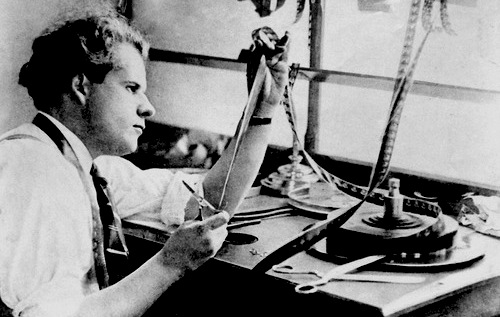
For this lecture we learnt in the lecture about more about editing. One of the most valuable pieces of information I received was the rule of 6 which are:
- Emotion
- Story
- Rhythm
- Eye trace
- 2d plane of screen
- 3d space
Out of all the rules I have discovered that emotion is the most important aspect and that it’s best not to sacrifice it over story or the other 4. Without emotion the piece becomes flat as it leads the story, therefore it’s important to emphasise on emotion during the shoot and mix it with the editing.
Story is the second most important part of editing as it’s what the audience is following, therefore it’s important that all the clips that are edited has to advance the story in some way.
In addition to that, Rhythm is essential in the because if that doesn’t work then the it will put the audience off balance. Having a tempo in the scene enhances the whole feel of it therefore cutting the clip at the right time is essential.
Moreover, the eye trace is another important aspect and a perfect example of that is Mad Max where the was an action sequence with fast cuts. Because the shots are very short it would be difficult for the audience to stay engaged therefore having all the shots in the centre makes it easier for the audience to see the scene better.
2nd plane of screen is essentially the 180 degree rule and is used to show the basic geography of the scene. Maintaining the 180 degree rule in editing is important since it prevents the audience from becoming confused.
lastly, 3d space is when you break the 180 degree rule and I feel it should only be used to enhance the story or to try and create a feeling. An example is a scene in The Shining where the 180 degree rule broken and it creates a feeling of distortion.
Bibliography
http://videoandfilmmaker.com/wp/index.php/tutorials/film-editing-walter-murchs-rule-6/
261mc: Dziga Vertov
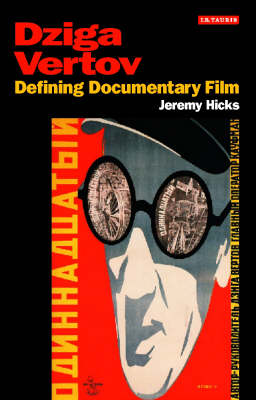
I took time to read ‘Defining Documentary Film’ by Jeremy Hicks and he talks a lot about the beginning of Vertovs newsreel series ‘Kino Pravda’. Reading the first 22 pages I have learnt that the documentary there stemmed from the propaganda war of the Bolsheviks and the Whites. For me this is very interesting because it shows the influence people like Vertov had in such a historical period in world history through the use of documentary.

At the start of the book we learn about his work for Cine-Pravda where did a newsreel where he began to use cinemas power to exhort images as we see in ‘Save the Starving Children (Hicks, J. (2007) Dziga Vertov Defining Documentary Film) . Here we see many images of starving children eating anything they can find for example the image above where the child is eating what is presumably a bug. This a great tool of persuasion as people will feel emotional about this imagery, putting Vertov in an ideal position to offer a solution which makes this effective propaganda
Bibliography
Hicks, J. (2007) Dziga Vertov Defining Documentary Film
261mc: Questions for Ian Cook
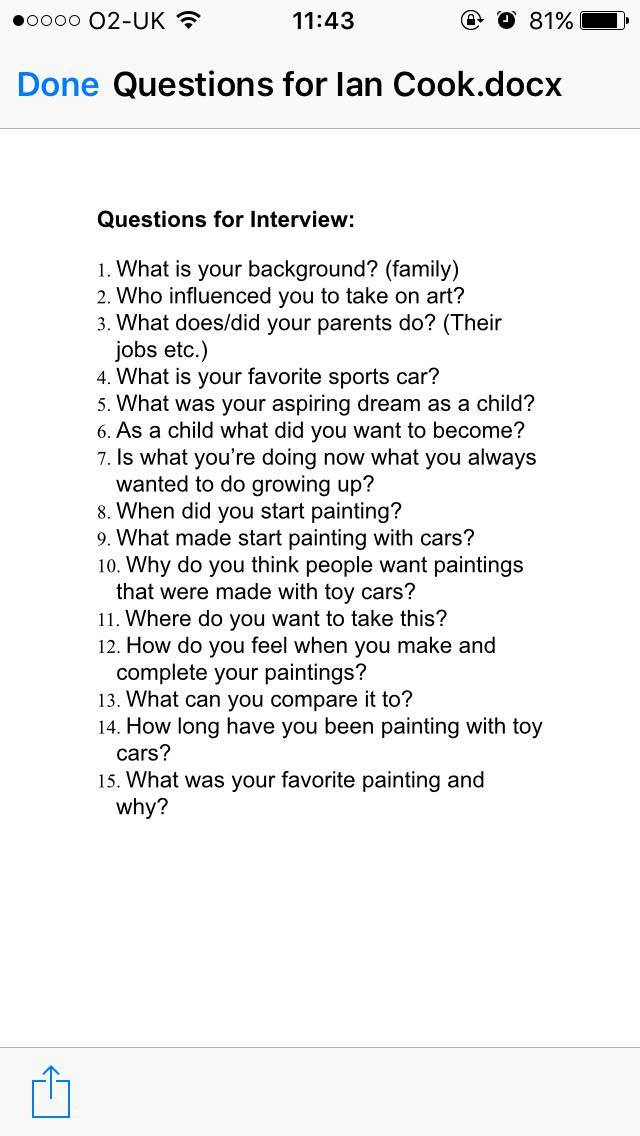
261mc: Storyboard
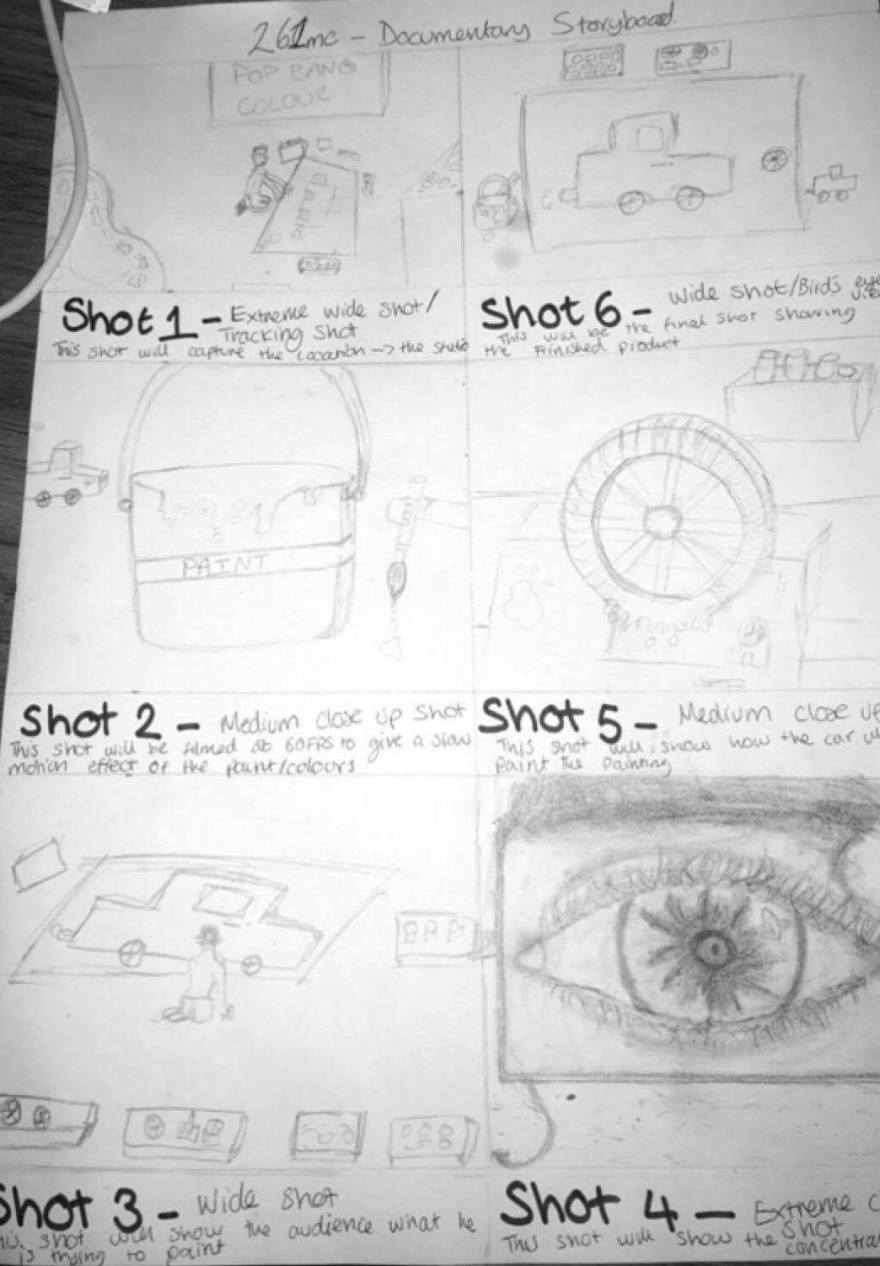
261mc:Documentary influences
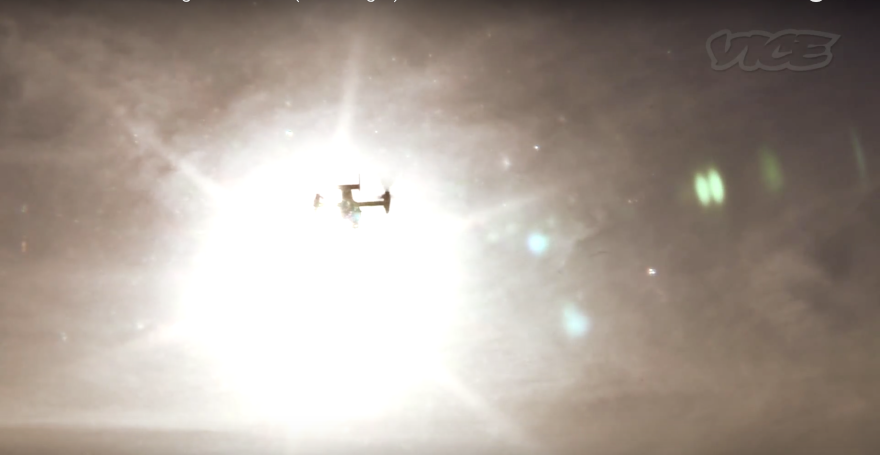
There are many types of documentaries that I like but the type that influence my ideas are expository documentaries such as ‘This is what winning looks like’ shown by Vice. The documentary exposes the failures of America in the war in Afghanistan where they’re pretending that they have brought solution whereas this documentary brings forth many more problems that their invasion has brought, for example supporting a military group consisting of one tribe to liberate villages of another tribe, potentially reigniting an old feud.
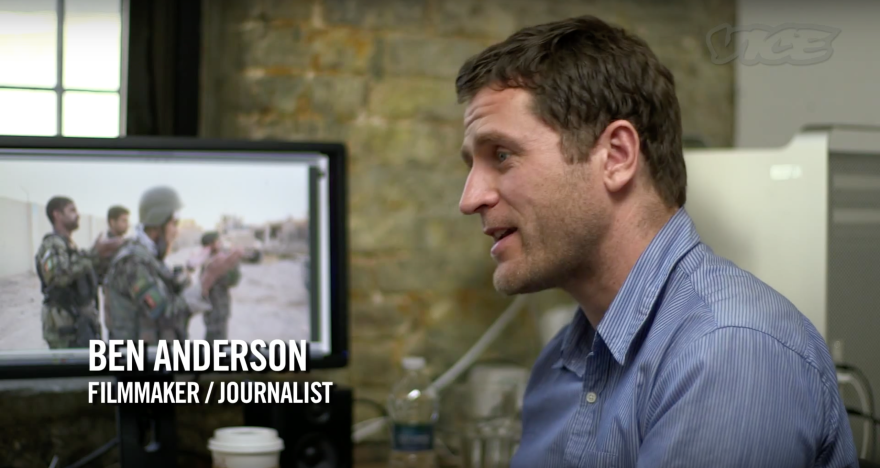
One of the things I liked about this documentary was that the man who documented the footage in Afghanistan was explaining everything that was happening to an interviewer. For example the Afghan soldiers getting high on drugs like opium and weed. The reason why I liked this was that we were getting real perspective of someone who experienced this. Watching it while he was talking felt like we were on the journey with him and makes his explanations makes things clearer for the audience.
Summer task
On 10/7/2016 in Central London was a very big day which received national coverage which was the Black live matter protest. This event holds signficance because it shows that all Black/African people all around the world show solidarity and unity towards the killings of unarmed black people in America. I was made aware of this event through an image which spread through whatsapp containing the date and location of the protest, so I thought it would be great opportunity to document this event.
One of the best things about the protest was it wasn’t only black people but a mix of many different people from different places. There was a sense of unity and connection and while I was filming I wanted to capture the essence of that with certain clips such as the lady holding one white baby and a black baby, and also an interview of a young white girl crying.
For me the purpose main purpose of the video was to get peoples opinions on the matter of the movement because it’s a subject that most Black people feel passionate about and I wanted to capture it and show it to the world.
261MC: Documentary Production-Shooting script
| Picture | Sound |
|
Tracking shot Duration: 1:00 (1:00) Color: Monochrome Might need stabilizer
We start on a blank white canvas and tilt up. We explore the workshop from left to right. We follow a path, rather than simply panning. This should been seen as a visual tour of the workshop. We stop on Ian at his desk drawing.
|
Narration
Audio interview. We expect him to talk about what the workshop means to him as an artist. How it reflects him as a person and how it influences him. Music (possibly) A Minimalistic score, starting simple and building as time progresses.
Other Very subtle car sounds
|
| Close up
Duration: 0:06 (1:06) Color: Monochrome A Close up of Ian Drawing. We see his eyes move and focused. |
Music
“-“ |
| OTS
Duration: 0:06 (1:12) Color: Monochrome OTS of Ian drawing. We see the image he’s created. |
Music
“-“ |
| Close up
Duration: 0:10 (1:22) Color: Mono/Red Slow motion/60fps We see a close up of Ian beginning to paint using the cars. He adds the color red and we see the paint fly through the air. This Red now remains consistent throughout. |
Music
“-“ Narration Ian beings to tell us about his unique craft. Painting using toy cars. Other Very subtle car sounds. |
| Mid shot/pan left
Duration: 0:06 (1:28) Color: mono/red We see a mid shot of the shop panning left, the shop looks different thanks to the added red. |
Music
“-“ Narration (Continued) Other |
| Close up
Duration: 0:06 (1:34) Color: mono/red Deep focus need correct lens A red car slides from left to right. |
Music
“-“ Narration (Continued) Other Less subtle car sounds |
| Close up
Duration 0:10 (1:44) Color: Mono/red Another close up of Ian, his picture has progressed. |
Music
Narration (none) Other |
| Close up
Duration: 0:10 (1:54) Color: mono/red/blue Slow Motion/60fps We return to ian painting with the cars. We see blue paint fly through the air. The blue now remains constant throughout. |
Music
“-“ Narration Ian begins talking about how hes progressed as an artist and why “color” is such a big part of his brand. |
| Midshot/pan
Duration 0:06 (2:00) Color: mono/red/blue Another mid shot pan from right to left this time. Now with the added blue the workshop looks different than before. |
Music
Narration Ian talks about how he stared art. |
| Close up
Duration 0:10 (2:10) Color: mono/red/blue Shallow focus need correct lens Another close up of a blue toy car going from left to right. |
Music
narration Ian talks about his family background and who influenced him to paint |
| Mid shot
Duration: 0:06 (2:16) Color: mono/red/blue A mid shot of Ians workstation from the behind. His drawing has finished. |
Music
Narration He begins to talk about where he wants to take his business in the future. |
| Close up
Duration: 0:10 (2:26) Color – Full color vivid/sharp Slow motion/ 60fps We return again to Ian painting with cars, this time the paint is green. We now have full color. The green paint flies through the air in slow motion. |
Music
Narration Ian talks about his family background and who influenced him to paint
|
| Mid shot/pan
Duration:0:06 (2:32) Color – Full color vivid/sharp We now see the workshop in all its glory in color. Pan left to right. We have went left to right, right to left and back to left to right, like the strokes of a brush. |
Music
Narration None |
| Close up
Duration – 0:10 (2:42) Color – full color vivid/sharp We see a green car going from left to right. |
Music
Narration He talks about how he feels when he completes a painting |
| Tracking shot
Duration 0:18 (3:00) Color – full color vivid/sharp Might need stabilizer We see the 3 cars in a line and track right to see Ian standing over the painting. He moves left as we move in. He leaves the frame and we stand over the drawing and hold for 5 seconds before cutting to black. |
No sound |